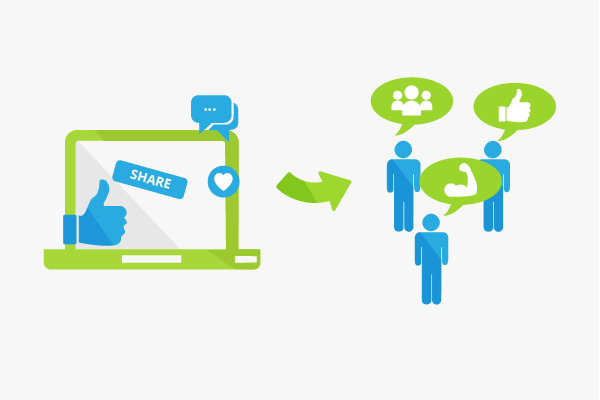Engagement Marketing
Engagement marketing is part of online marketing. This method integrates the target group as an active component into action planning. By actively participating in a marketing campaign, the potential customer is supposed to enter into a dialogue with the advertiser, which will result in the identification with the brand and finally in a conversion. Alternative names are “event marketing” or “participation marketing.”
Background
Marketing has long been regarded as a one-dimensional channel. It was assumed that consumers receive advertising messages passively. Marketing actions are therefore today widely aimed at the masses and reach. This is based on the thesis that a brand becomes stronger the more present it is. However, it is often underestimated that consumers can also play an active role. This is especially important in online advertising. Phenomena such as banner blindness are now commonplace because of the long-term monotonous display of ads.
In order to gain more attention from potential customers, new forms of online advertising have been created, such as interstitials, which are practically forced on consumers through an abrupt change of image.
However, all these efforts are still based on the assumption of a passive consumer. Engagement marketing has finally emerged to motivate potential customers to action. This marketing form is not a single measure but a whole conglomerate of multi-layered actions.
The goal is always to build brand loyalty and brand awareness on the part of the customer.
Implementation
Engagement marketing can be implemented both offline and online. A combination of actions on the web and in real life is also possible.
- Blogs are often used as part of engagement marketing. Content can be placed in company-owned blogs to share with other bloggers. Sweepstakes or blogs can be distributed via blog systems.
- Social networks such as Facebook or Instagram are almost predestined for engagement marketing because of their design. Consumers can be activated permanently by voting in photo contests or commenting on new products or services.
- Webcasts in the context of video streaming with Google Hangouts can be implemented as part of engagement marketing. Interested parties and consumers have direct opportunities to participate.
- Email campaigns are, as such, already a form of active participation by customers and users. By agreeing to receive mailings, they have already become active.
- Contests in many formats animate potential customers to participate.
Benefits for online marketing
Engagement marketing can assist advertisers and companies in getting consumers actively involved with their brand. Due to the lack of specific marketing channels, engagement marketing is a versatile tool in the marketing mix. Activities can be planned and implemented specifically for multi-channel campaigns. Actions can be announced on the company’s blog and continued on the social media profile, for example.
More attention and more commitment can also be expected by inviting users to take action where they like to be online.
Goal-oriented engagement marketing requires anticipating possible user reactions. Planning of individual steps will be less precise because of the “active” user component. In an extreme case, a marketing campaign can also prove to be a “viral advertising trap.”

